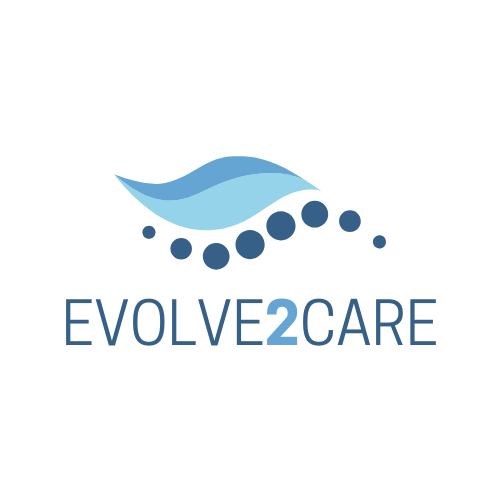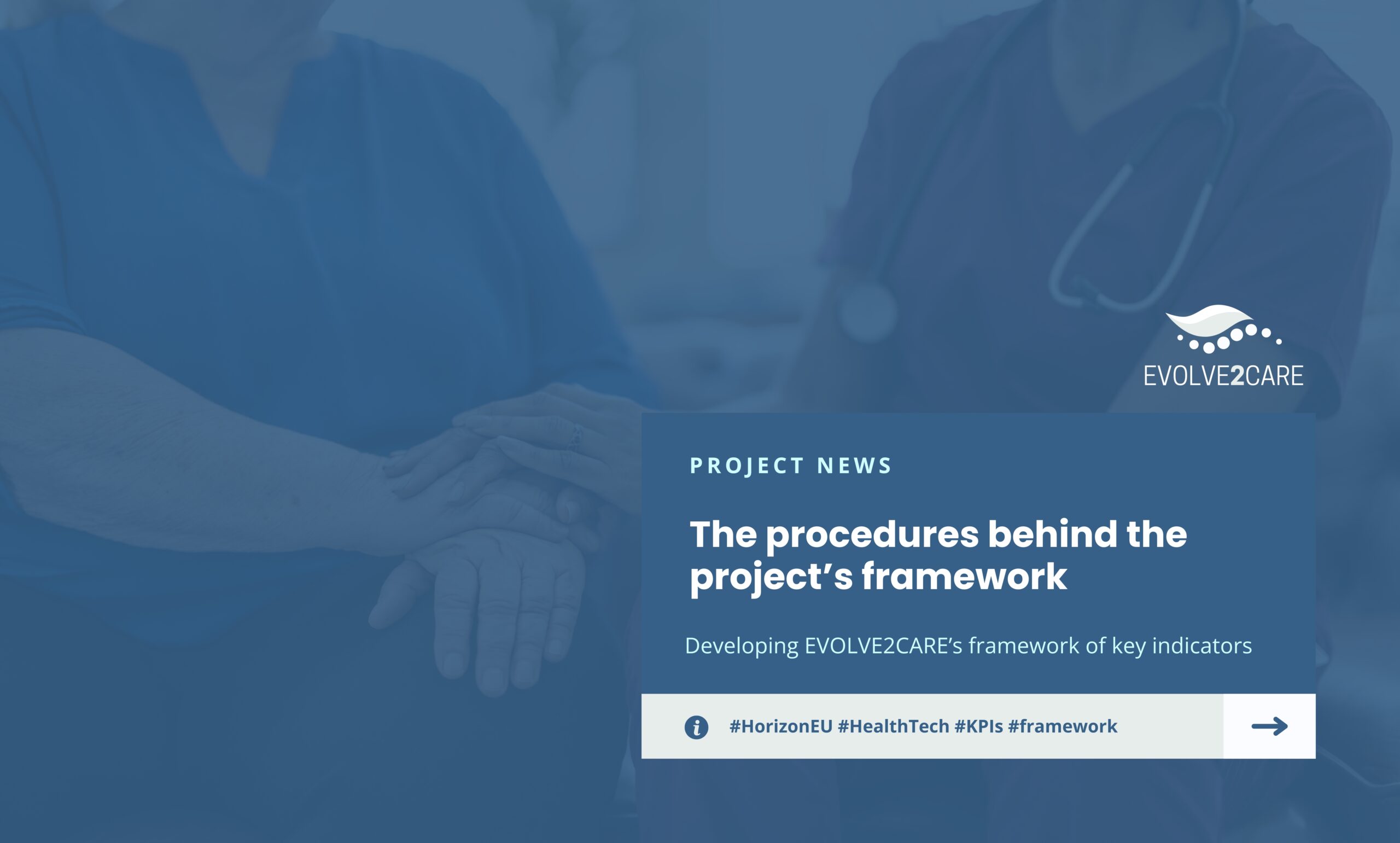Developing EVOLVE2CARE’s framework means first of all crafting a solid foundation of meaningful Key Performance Indicators (KPIs) that support the efficient and evidence-based integration innovations into healthcare. Such effort might be interestingly similar to a professional athlete’s preparation! Before stepping into a major event, an athlete undergoes a series of procedures—from training sessions with targeted practice to blood tests and stress assessments—to ensure peak performance. These procedures help highlight what’s effective, what needs improvement, and what’s essential for success.
Likewise, as it is analytically written in Deliverable 1.2 ‘Stakeholder Needs Analysis and KPI framework’, EVOLVE2CARE consortium applied multiple procedures to ensure that the framework of key indicators of the project is adequately accurate and relevant to foster successful innovations of HealthTech solutions for patients transitioning between care settings; which is called Transitional Care.
The primary goal, highlighted on previous blog, was to understand the needs of primary stakeholders—such as researchers, Living Labs, end-users, and regulators—and translate these insights into a practical framework of key indicators. Building on the barriers and enablers identified in Deliverable 1.1 “Roadmap on Navigating the Complexities of Enabling Innovative Technologies in Transitional Care”, we outlined the needs across two major dimensions: (1) collaboration between Living Labs and innovators, and (2) the implementation of HealthTech solutions in Transitional Care. As a result, we developed two distinct key indicators repositories:
- Use Case Evaluation KPI Repository, which focuses on individual collaborations and end-user alignment.
- Impact Assessment KPI Repository, which evaluates broader impacts such as regulatory readiness, financial sustainability, and social inclusion.
In practical terms, the accuracy and relevance of the framework were validated through a stakeholder-driven process. To make it more concrete, internal feedback was gathered via an online workshop involving the project partners. On top of that, three webinars conducted in March 2025 titled ‘Accelerating Innovation in Transitional Care – Identifying Key Needs & Meaningful Impact’, featuring distinguished professionals, designed to engage healthcare providers, experts, innovators, and stakeholders in co-developing solutions that enhance patient care during transitions from hospital to home. In addition to the valuable insights regarding the repositories of indicators that arose during the workshops’ discussions, further feedback came from a live session at the 14th Medical Conference at the Aristotle University of Thessaloniki, and from the collaboration with the GILL project supported the development of social key indicators, especially around gender-responsive innovation and inclusive healthcare.
Next Steps: Engaging stakeholders and ensuring continuous improvement
To make sure the framework of key indicators keeps evolving and finds its way into real-world use, we are focusing on expanding its reach, getting feedback from the relevant stakeholders and to foster adoption, and making it as practical and user-friendly as possible. To keep the framework relevant and aligned with the dynamic needs of stakeholders, we will set up feedback channels to refine the framework of key indicators over time. In particular, here’s how we are moving forward by channeling our efforts towards three dimensions:
- Living Labs Engagement: The Living Lab KPI Repository will be shared with the Health & Wellbeing Working Group of the European Network of Living Labs (ENoLL), helping us align the framework with the needs of real-world testing environments and innovators.
- End-Users Integration: Keeping work on a user-centric approach, we will connect with EIT Health to explore how the End-User KPI Repository can be circulated within their network. We will also collaborate with HADEA (Health and Digital Agency) of the European Commission to assess the framework’s relevance to ongoing and future initiatives.
- Wider Impact and Solution Deployment: To proliferate real-world adoption, the framework will be presented to organizations such as EHTEL (European Health Telematics Association) and the Era4health partnership since these entities play a critical role in shaping policy and practice around digital health solutions.
At EVOLVE2CARE, we think of the framework of key indicators as a magnifying glass that helps us check whether the project is able to make a difference in the healthcare sector! We aim to make sure that the framework is effective and relevant for all stakeholders involved.

